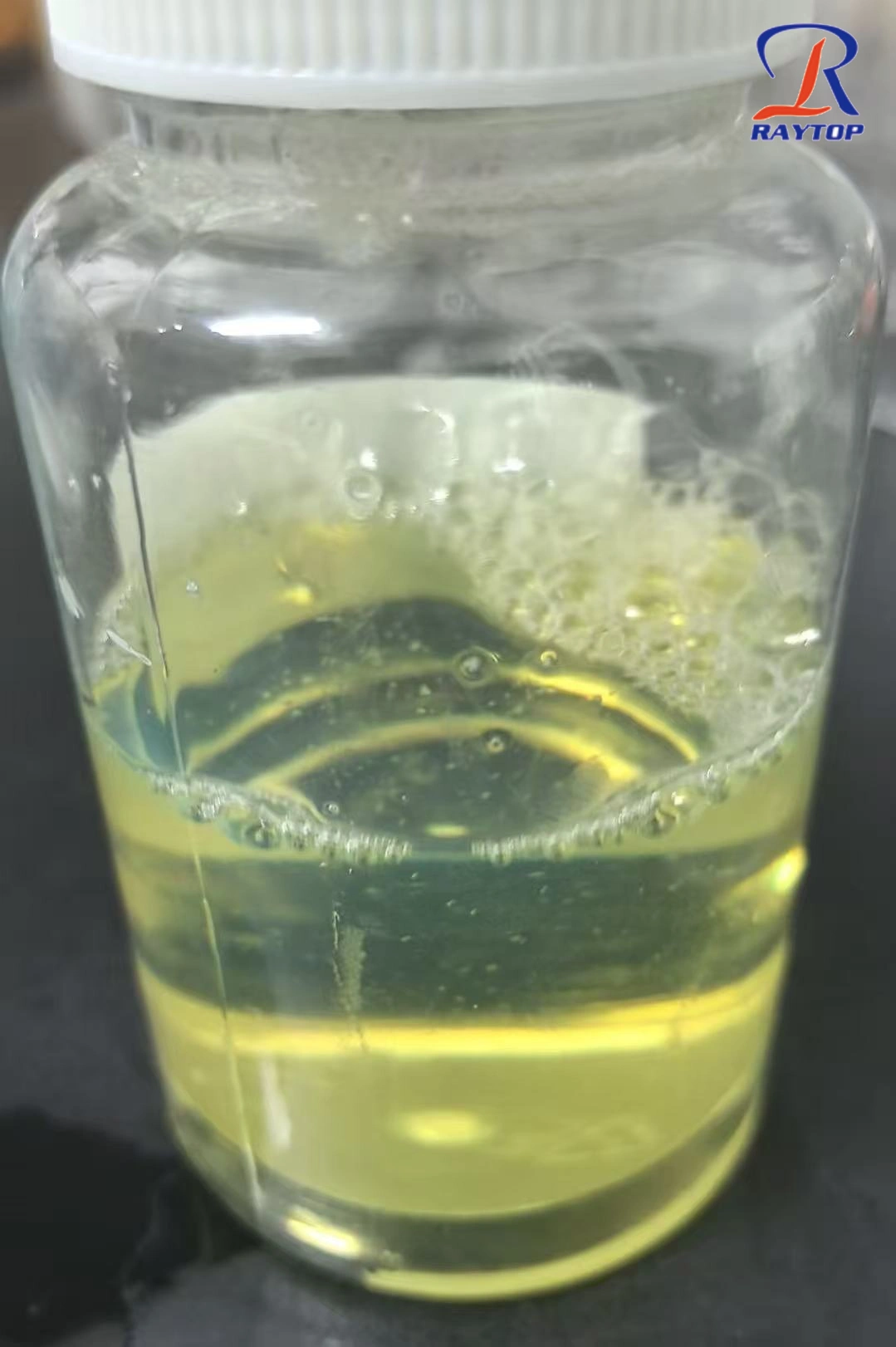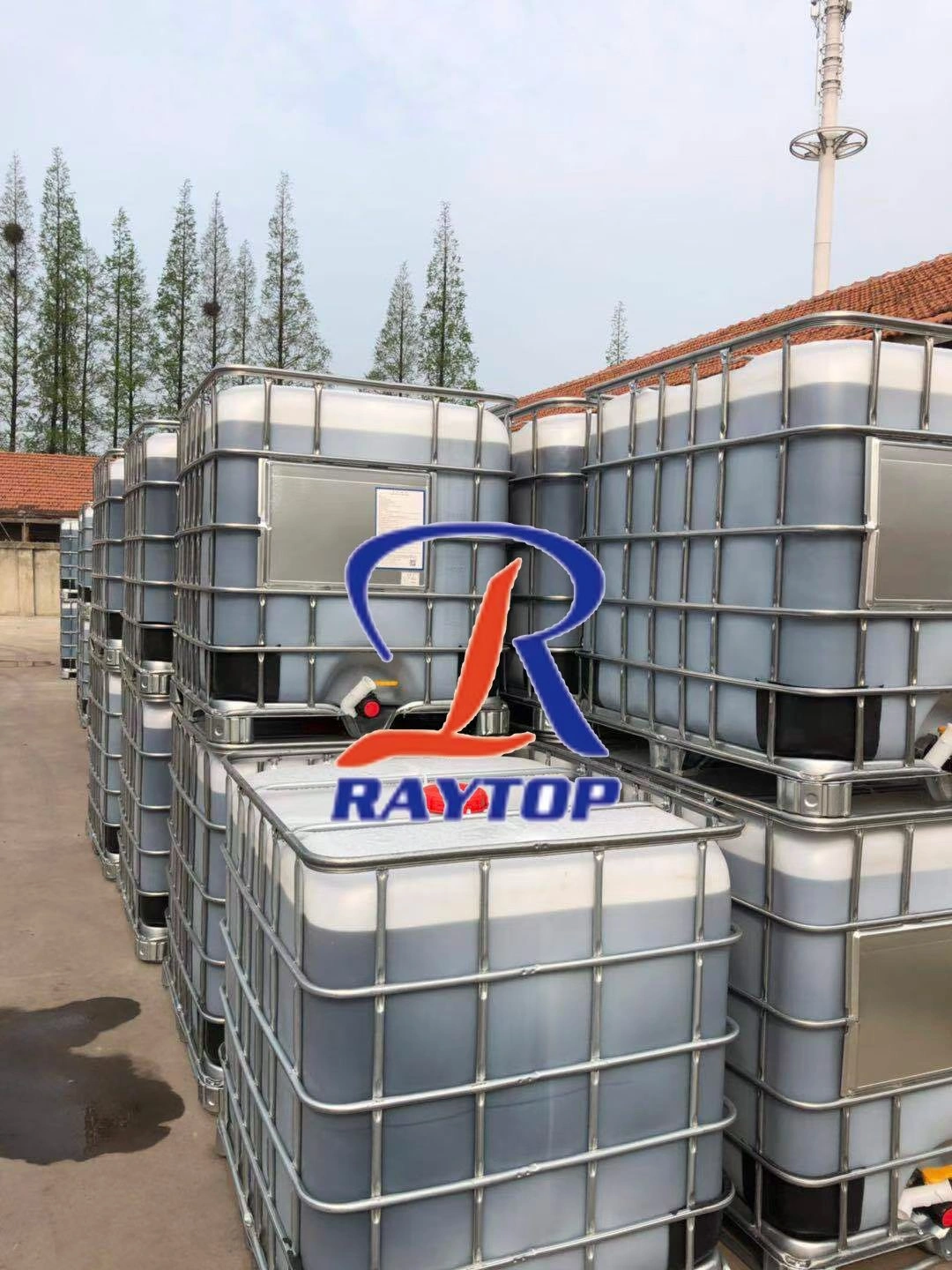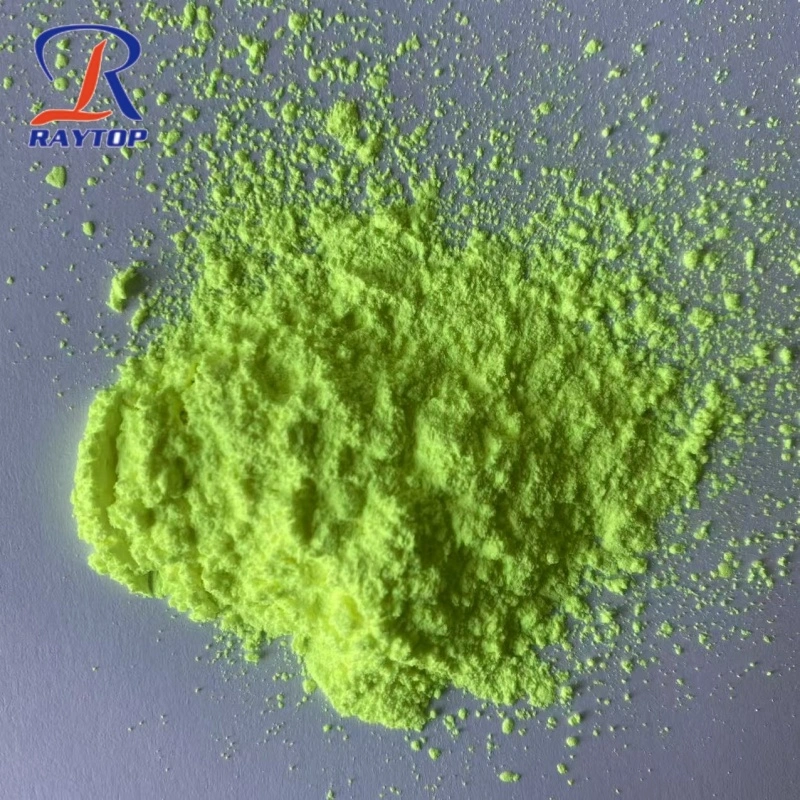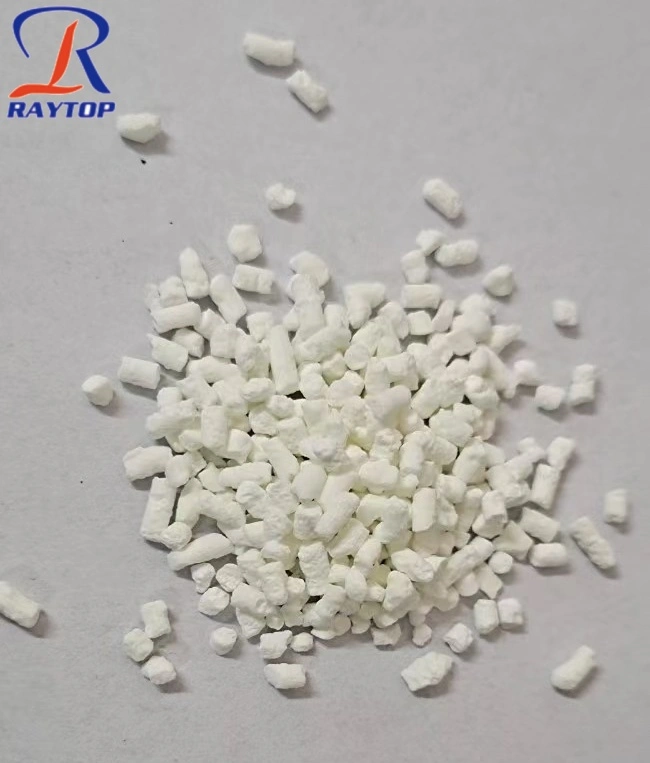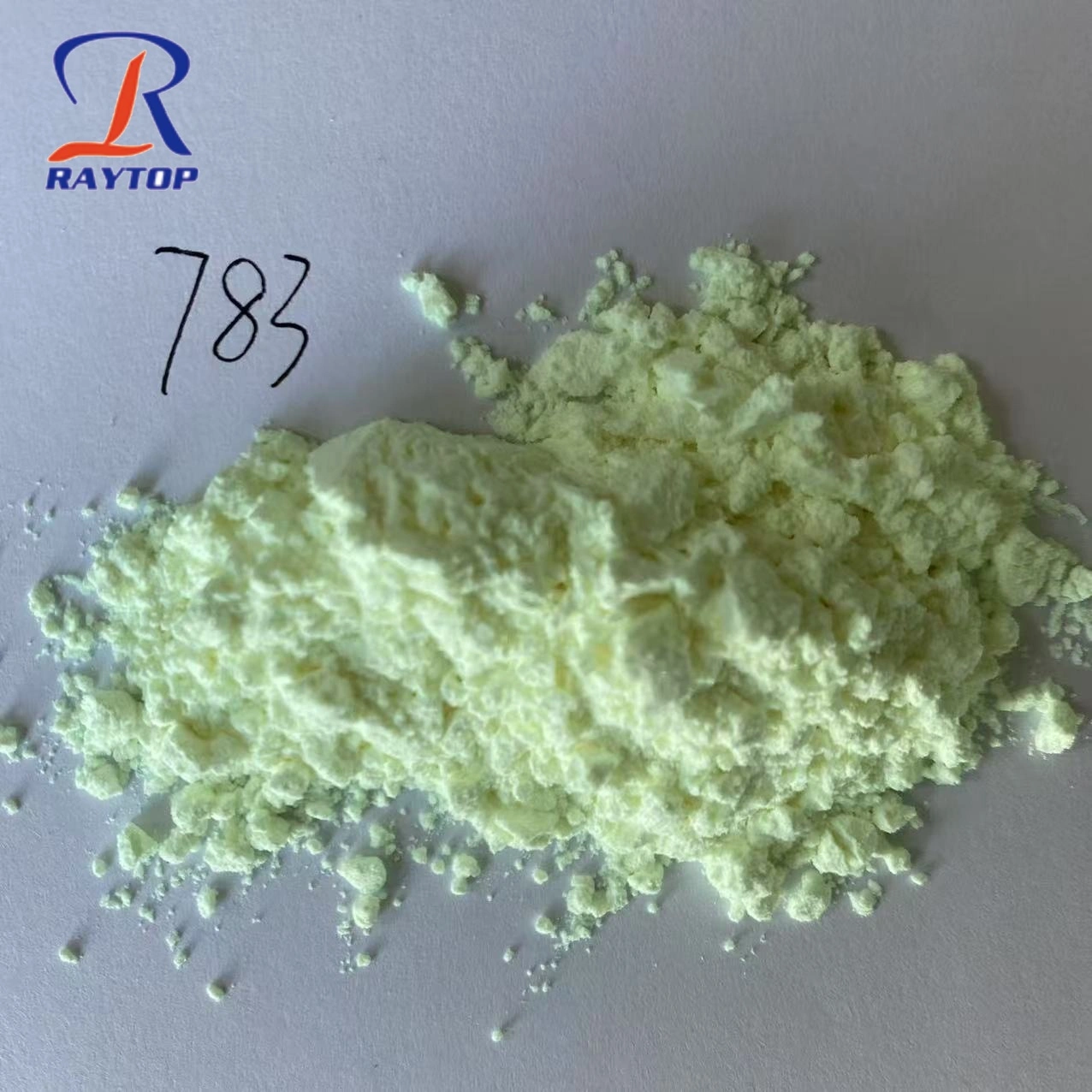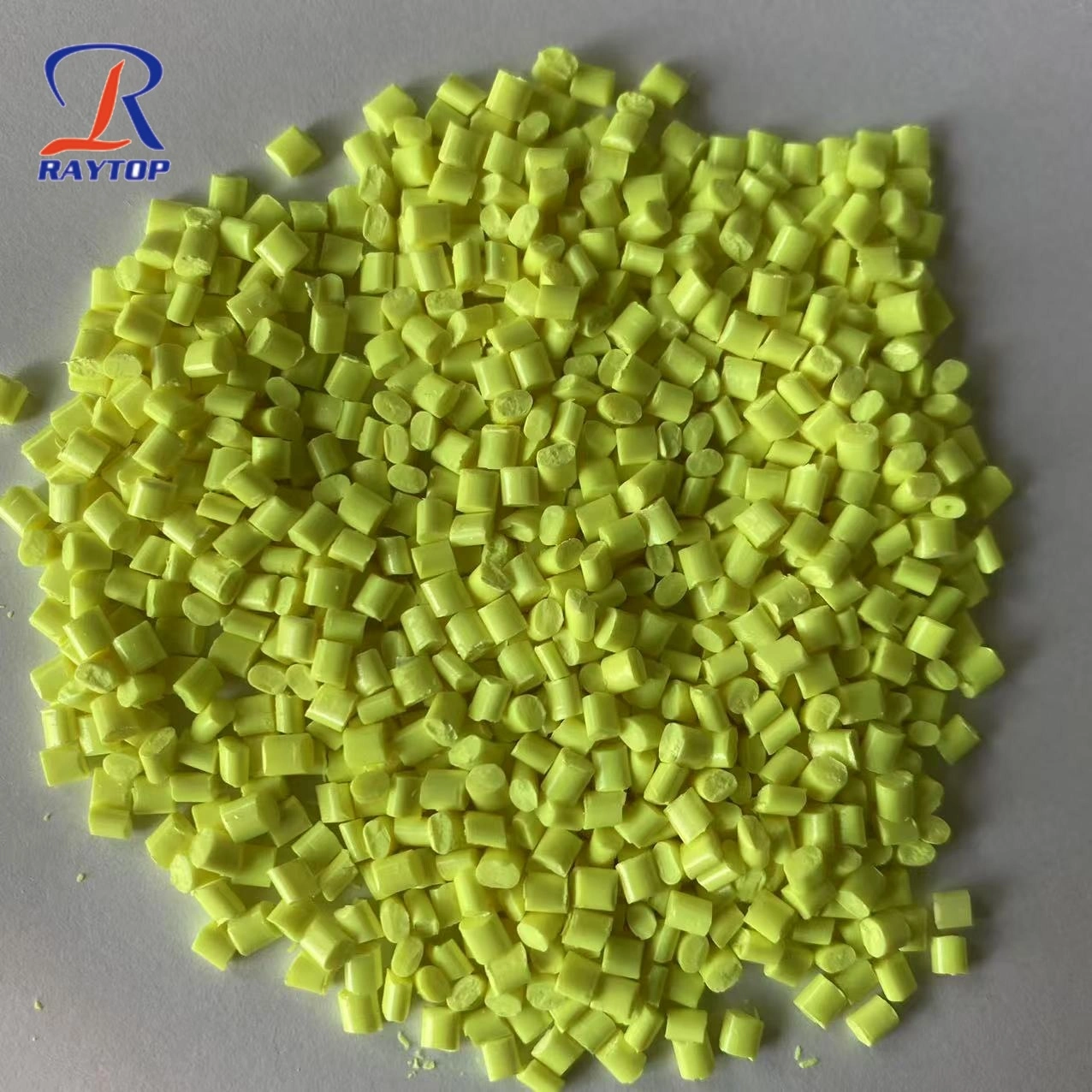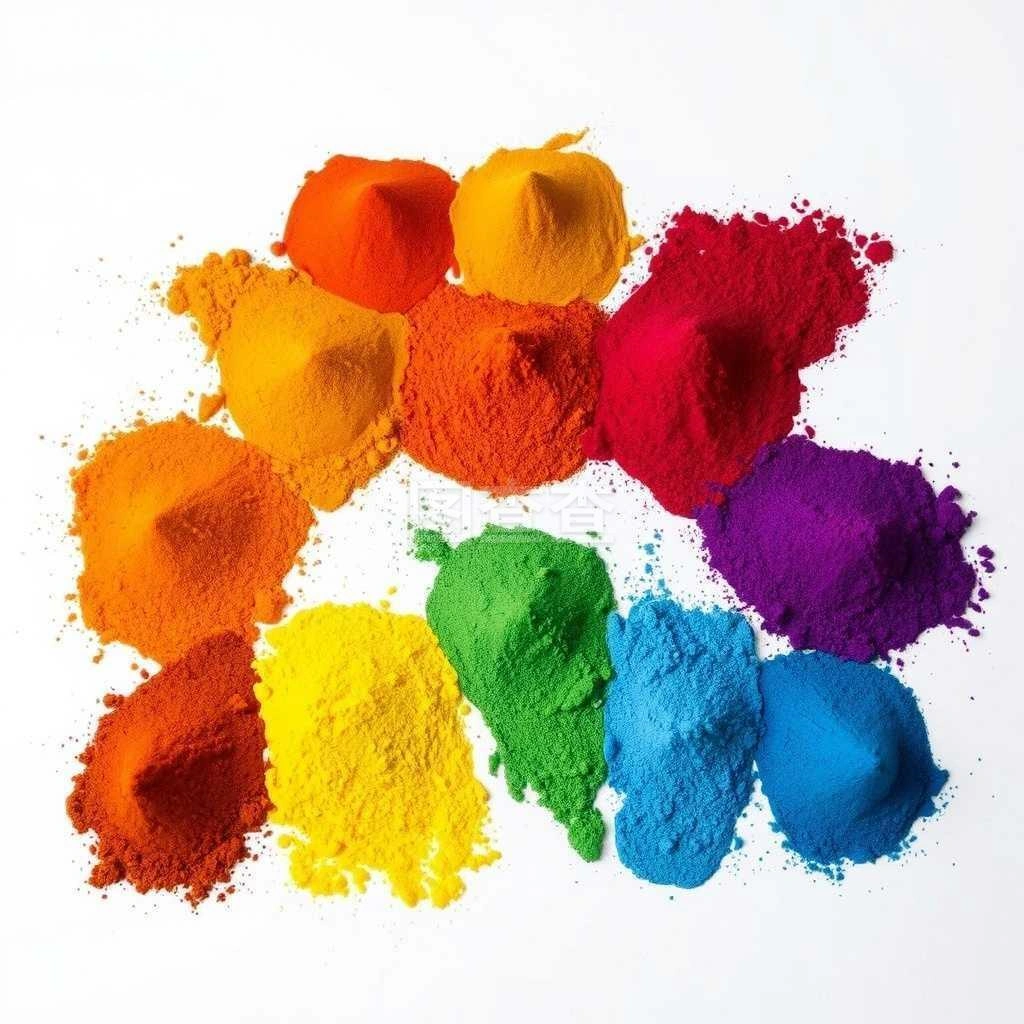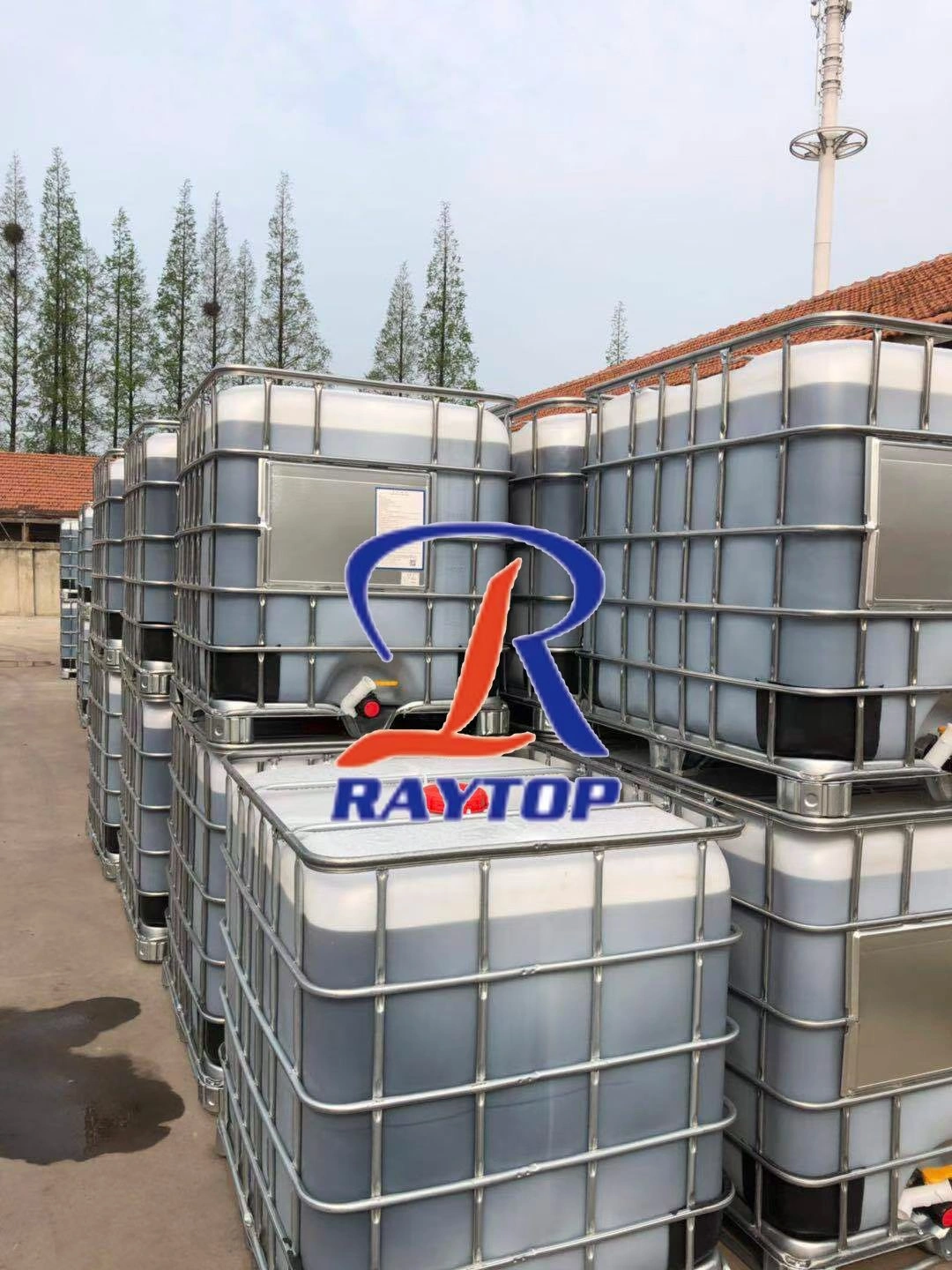Optical brightener is a kind of fluorescent dye, or white dye, and it is also a complex organic compound.From the name of the Optical Brighener we can know that its effect is whitening, not whitening. In other words, the prerequisite for the whitening effect of the fluorescent whitening agent is that the product itself is white.
Since my product itself is white, why do I need to use fluorescent brightener? In fact, a lot of organic materials, natural or man-made textiles or other materials, such as paper, plastic, etc., do not look white, usually They absorb more blue-violet light (400~480nm) than yellow light, so they appear more or less yellowish.
The Optical Brightenin agent is dyed to a certain degree of whiteness substrate (such as textiles, plastics, paper, detergent, etc.) through a certain method. This substrate absorbs sunlight (or a light source containing sufficient ultraviolet light). The energy of ultraviolet light (approximately 340~380nm) which is invisible to the naked eye in sunlight, is then emitted with extremely bright and brilliant blue-violet fluorescence (approximately 410~460nm).
This blue-violet fluorescence is mixed with the slightly yellow light on the substrate (yellow is the complementary color of blue-violet) to obtain white light with a whitening effect.
Since the ability of the substrate whitened by the optical brightener to reflect visible light is enhanced, the whiteness and brightness of the substrate are increased, so that the whitened substrate looks white, pleasing and bright. It can also be seen that the whitening of the fluorescent whitening agent is optically complementary color brightening, not dyeing.
The fluorescence of the optical brightener comes from ultraviolet light, so the ultraviolet light content of the illuminating light source has an impact on the fluorescent intensity and whitening effect of the fluorescent whitening agent. If the ultraviolet light content in the irradiated light is high, the whitening effect is Especially remarkable.
But under the light source with low or no ultraviolet light, the whitening effect is little or no whitening effect at all. Therefore, when you compare the whiteness, try to be in natural light as much as possible.

